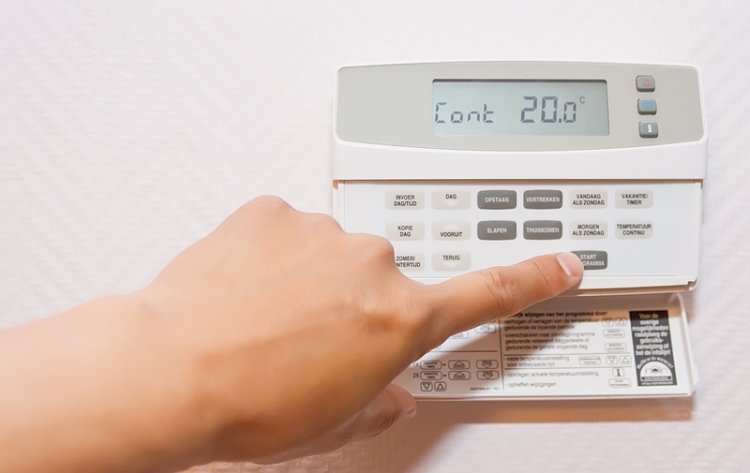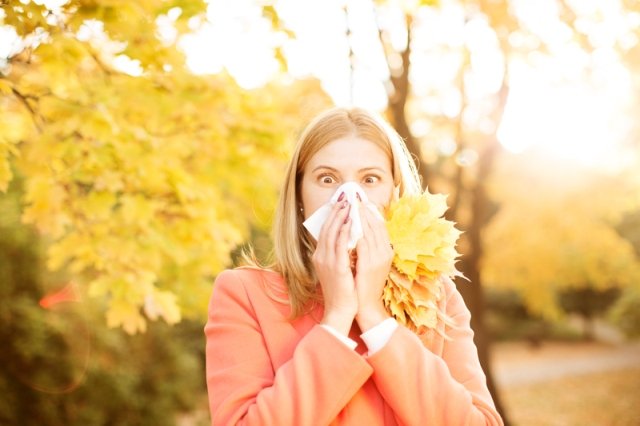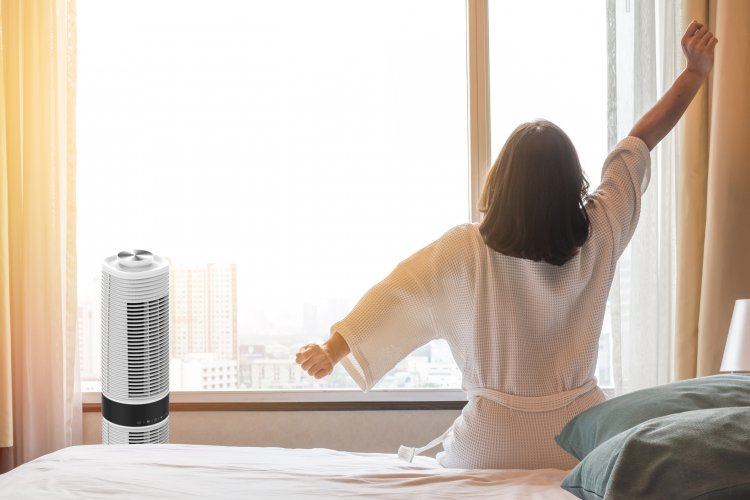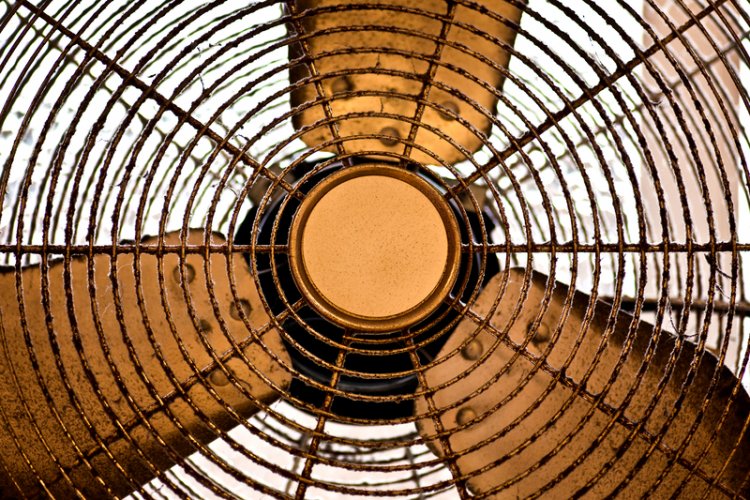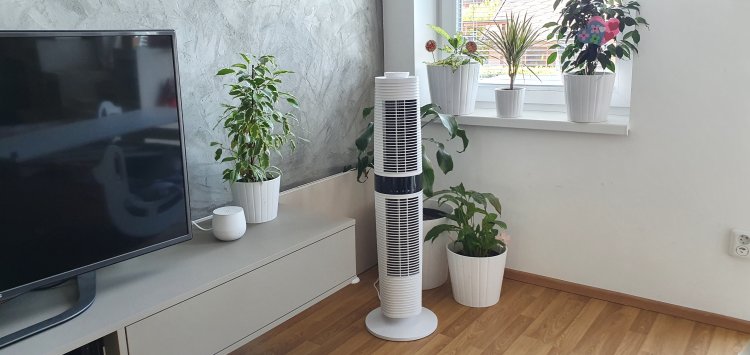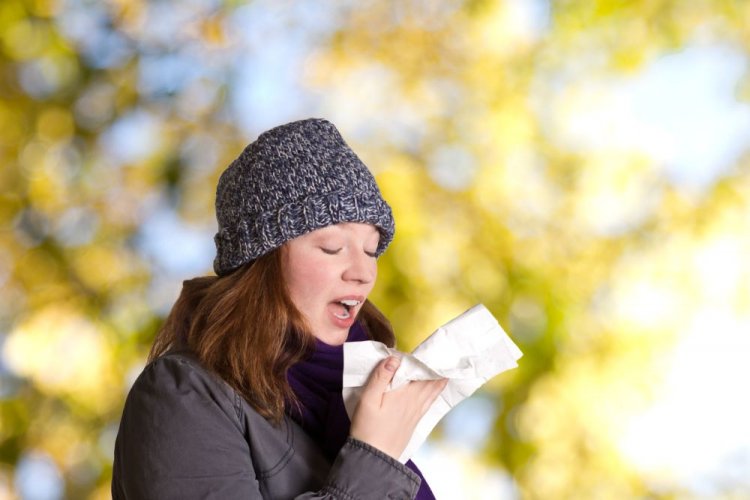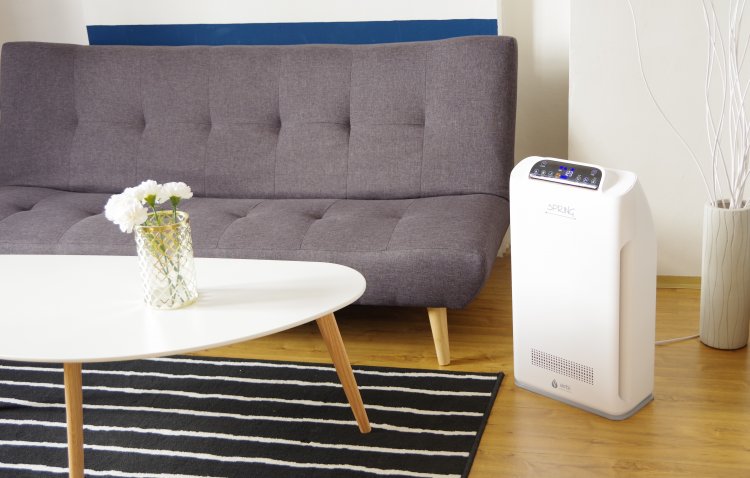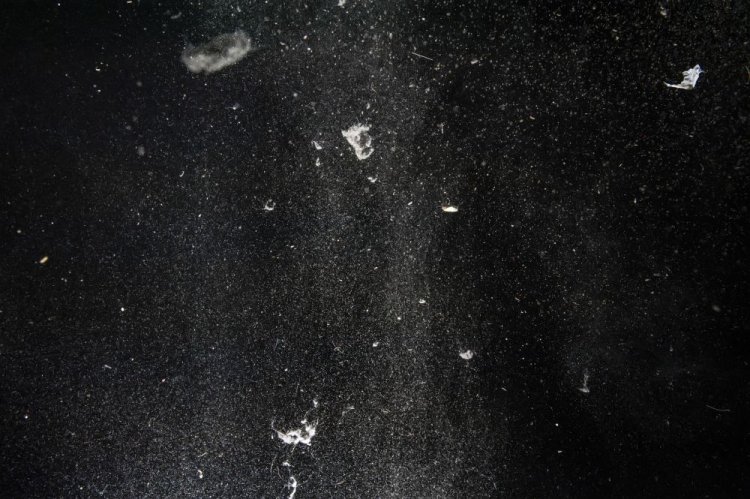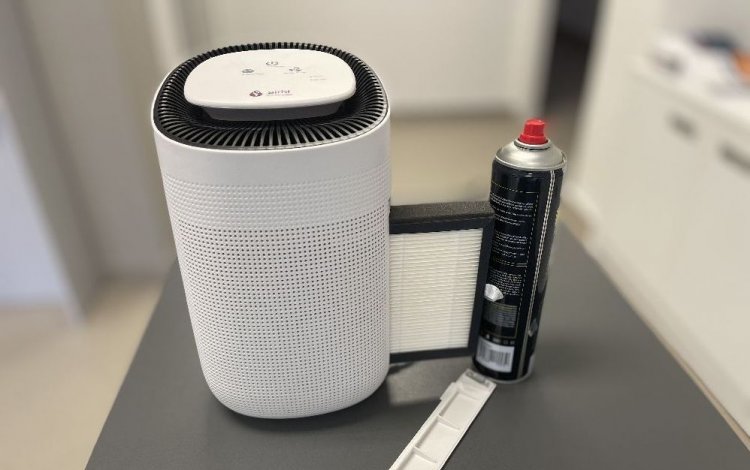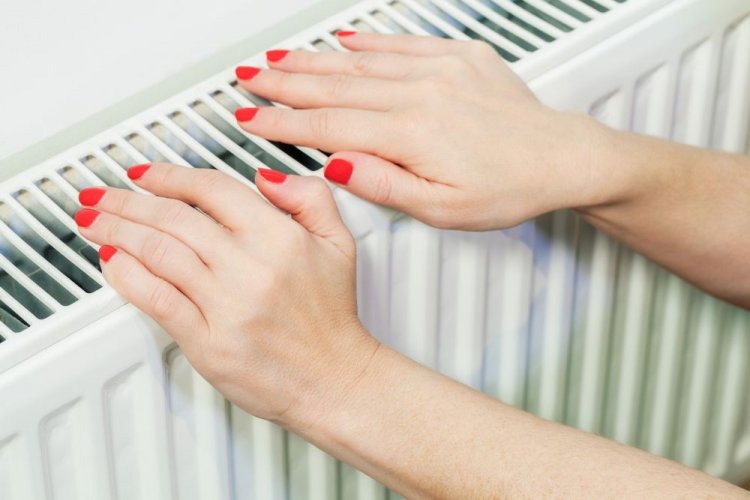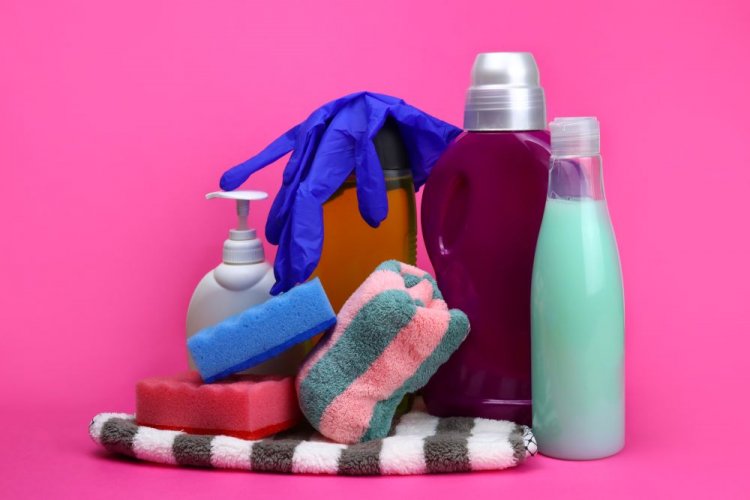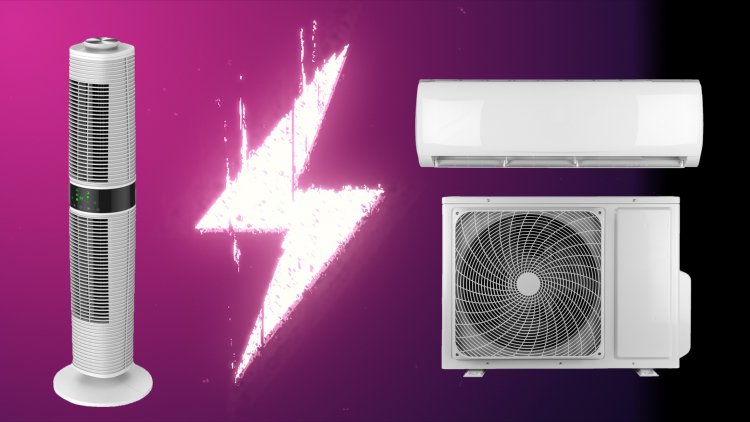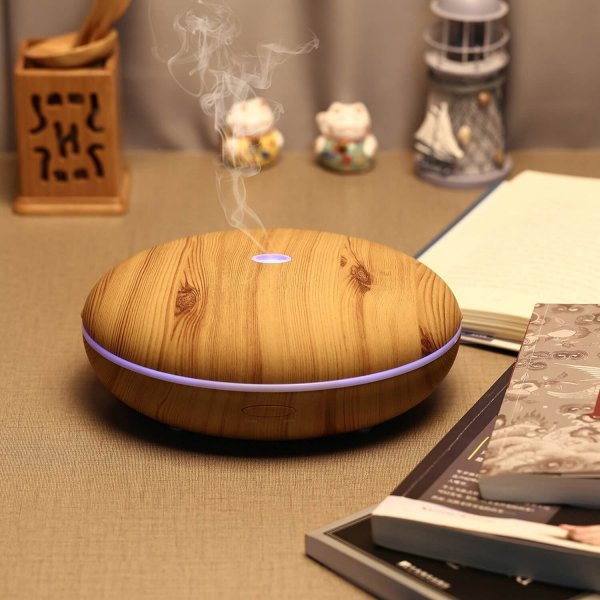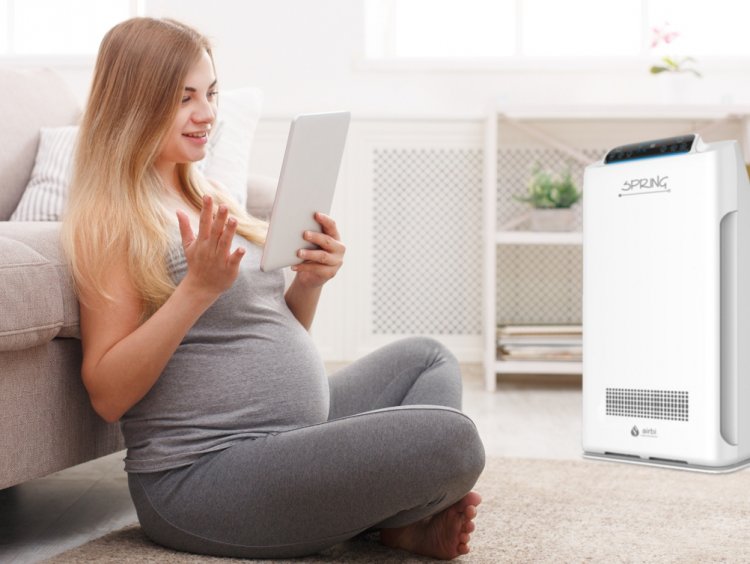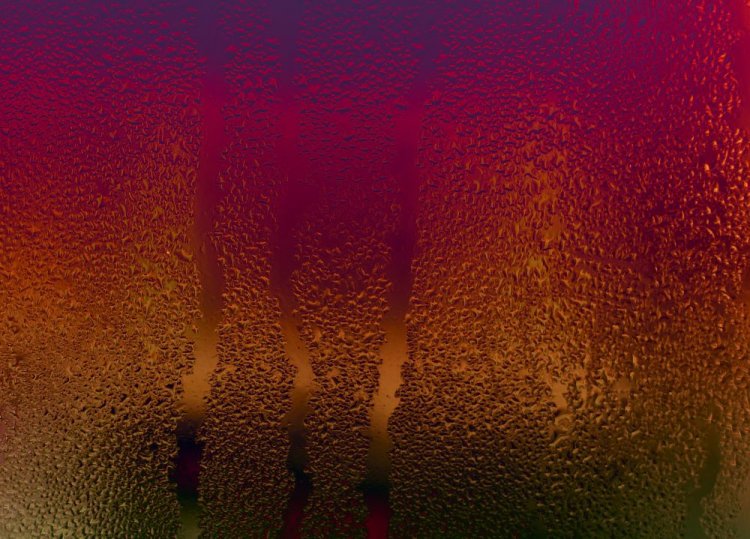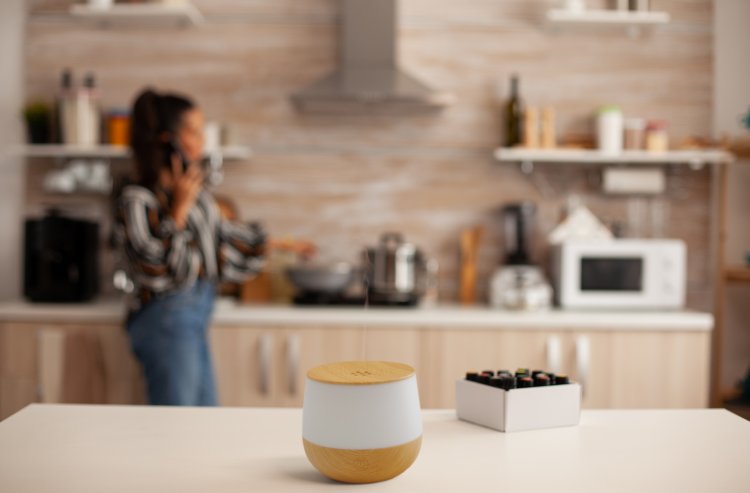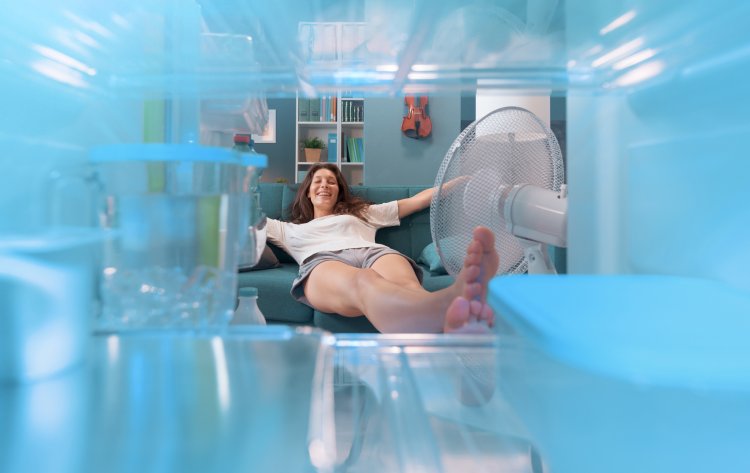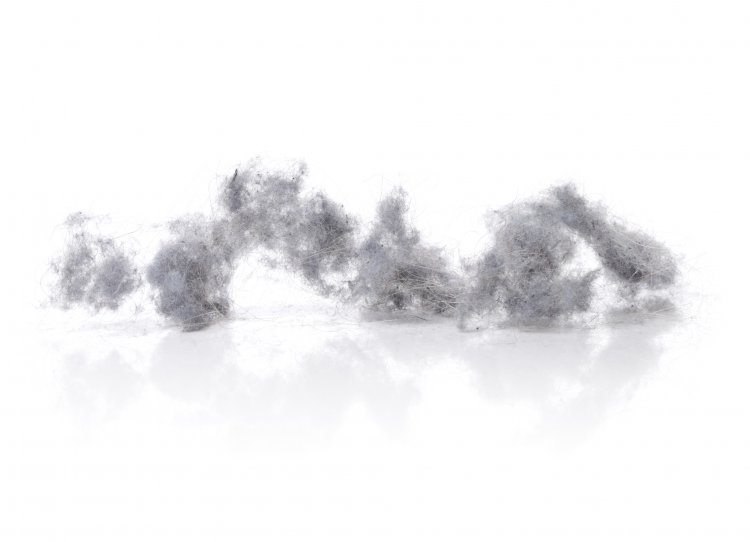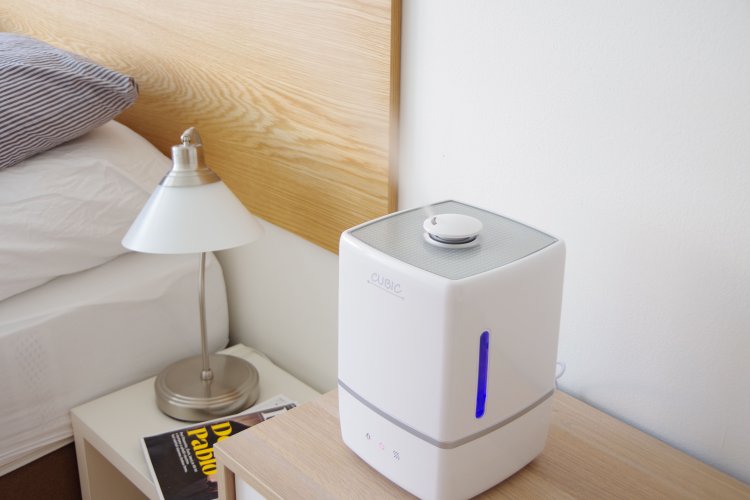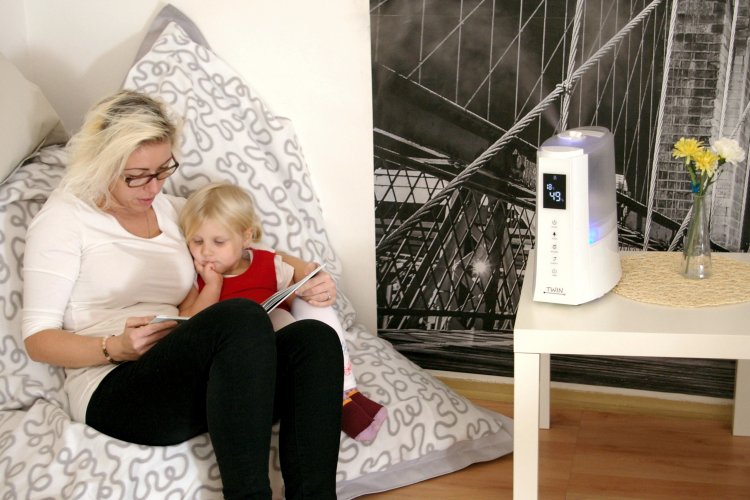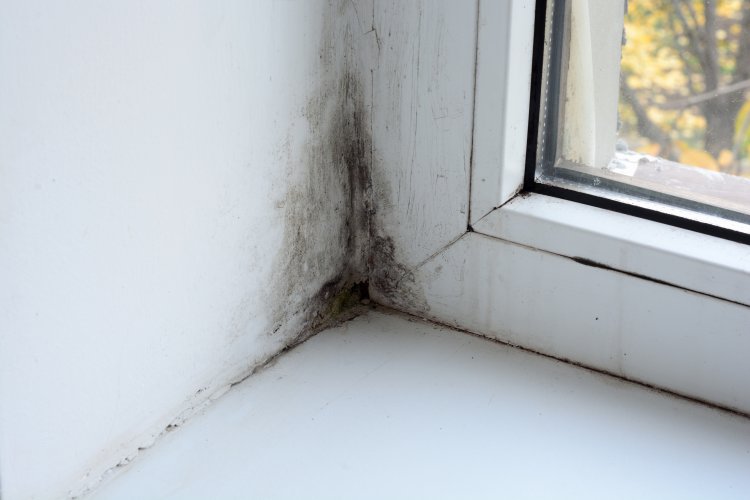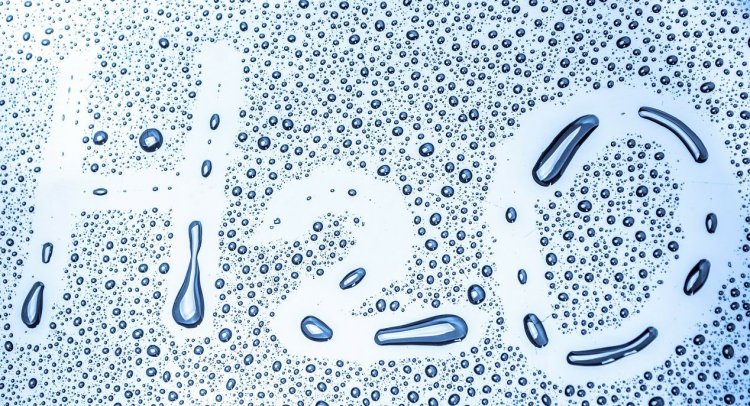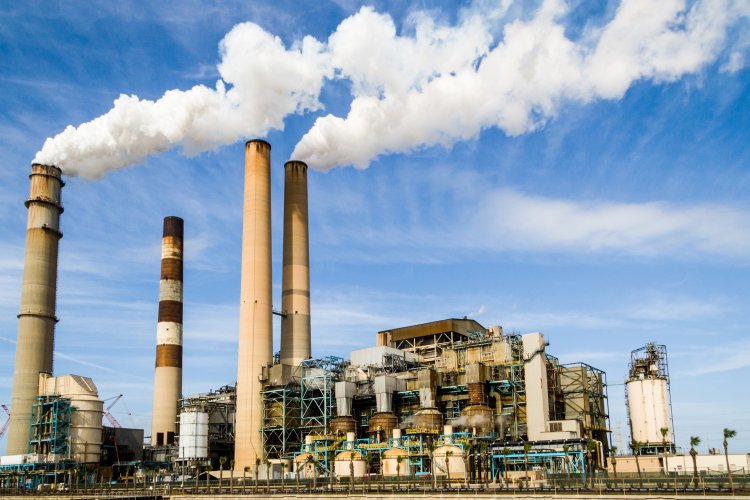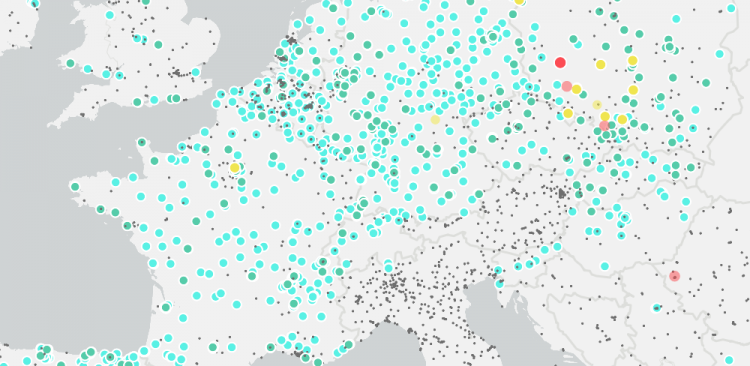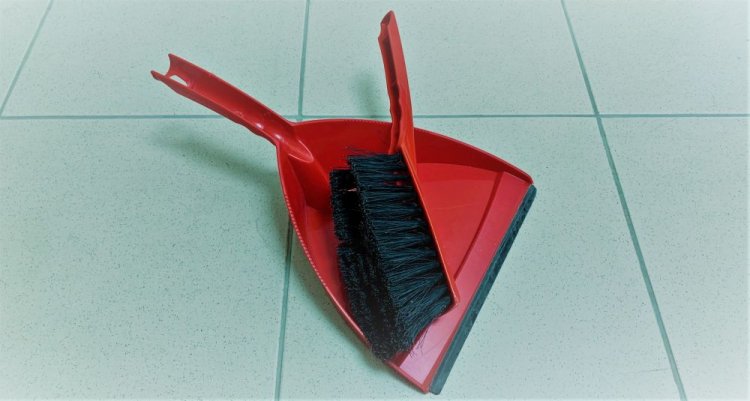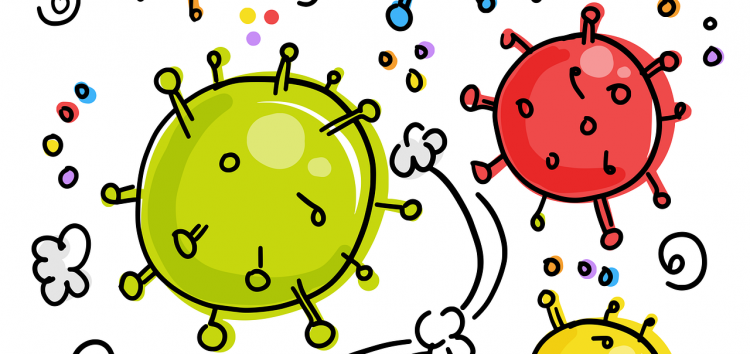

4 advantages (and 1 disadvantage) of desiccant dehumidifiers
Feb 20, 2025High humidity can be unpleasant. If you're choosing a dehumidifier, this brief overview of the advantages and disadvantages...
We all want to breathe clean, fresh air, but unfortunately many indoor spaces are full of polluting odours and gases that can be harmful to our health. There are many sources of indoor air pollution, from cooking fumes to cigarette smoke, from pet odours to chemical fumes. The good news is that an air purifier can help remove these pollutants from the air and improve the air quality in your home or office. In this article, we'll take a closer look at some of the most common indoor odor and gas pollutants and how an air purifier can help clean the air.
The air purifier can remove odours and gases with carbon filter systems. These filters work by trapping odours and gases with an active carbon layer. Activated carbon is a special material that is processed to have a large surface area and very small pores, which allows small particles of pollution (gases, chemicals, odors, smoke...) to be trapped on the surface of the carbon by the principle of adsorption. Once trapped, the particles are removed from the air and the clean air is then discharged back into the room.
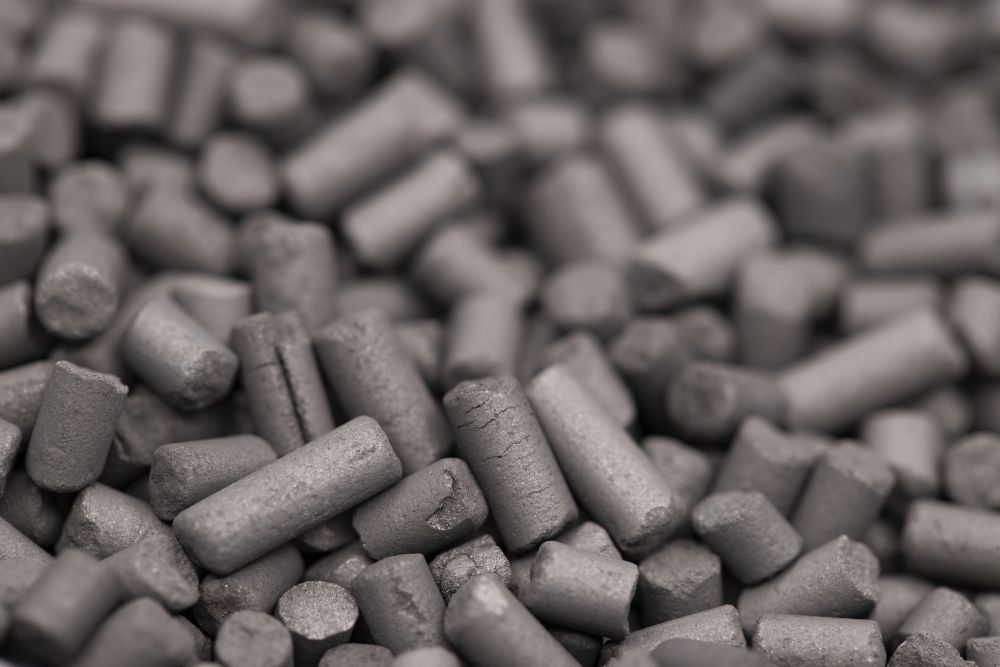
Carbon filters are very effective in capturing and removing various types of odors such as kitchen odors, animal odors, tobacco smoke odors and more. But they also work great at capturing and removing gaseous substances such as formaldehyde, benzene, toluene and more. These substances can be very harmful to human health and can cause various health problems. This means that carbon filters can be very useful not only for people who suffer from allergies or have sensitive nasal mucosa, but also for individuals with respiratory or other difficulties.
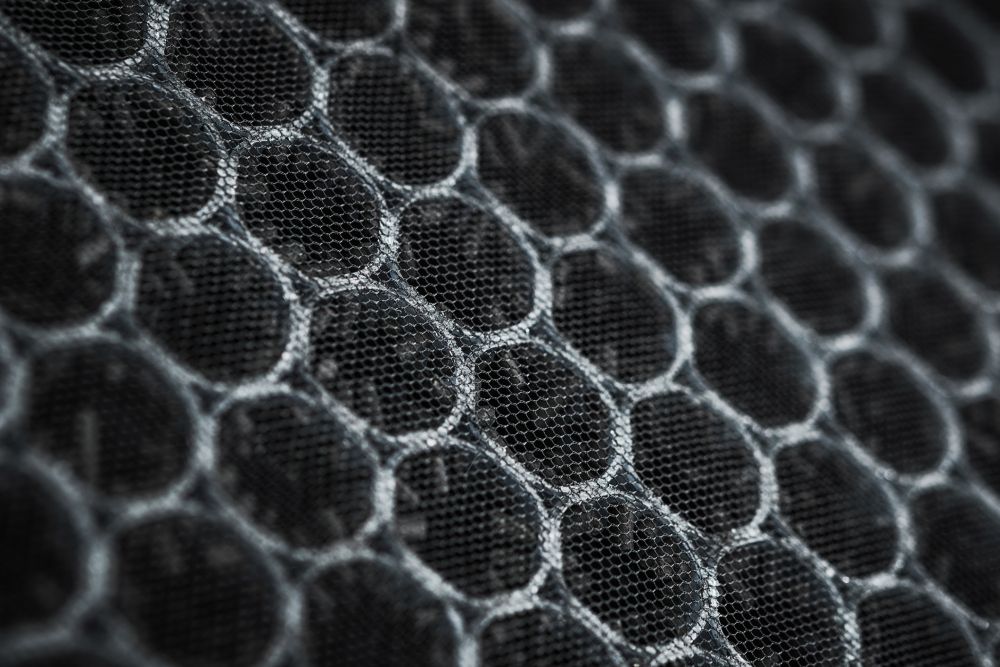
The main types of gases and odors that a carbon filter air purifier can capture are:

The above shows that hazardous odours and volatile gases can pose a significant threat to our health and well-being, especially if they are present in the air we breathe. However, air purifiers offer a reliable solution to mitigate these pollutants by removing them from the air. Using air purifiers with carbon filters, HEPA filters, and other advanced technologies can effectively capture and remove dangerous odors and volatile gases, ensuring a safer and healthier indoor environment.
In addition, air purifiers are versatile devices that can be used in a variety of environments such as homes, offices, hospitals and industrial plants. With growing awareness of the importance of indoor air quality, investing in an air purifier can help protect personal health and promote a safer and more comfortable living and working environment.




